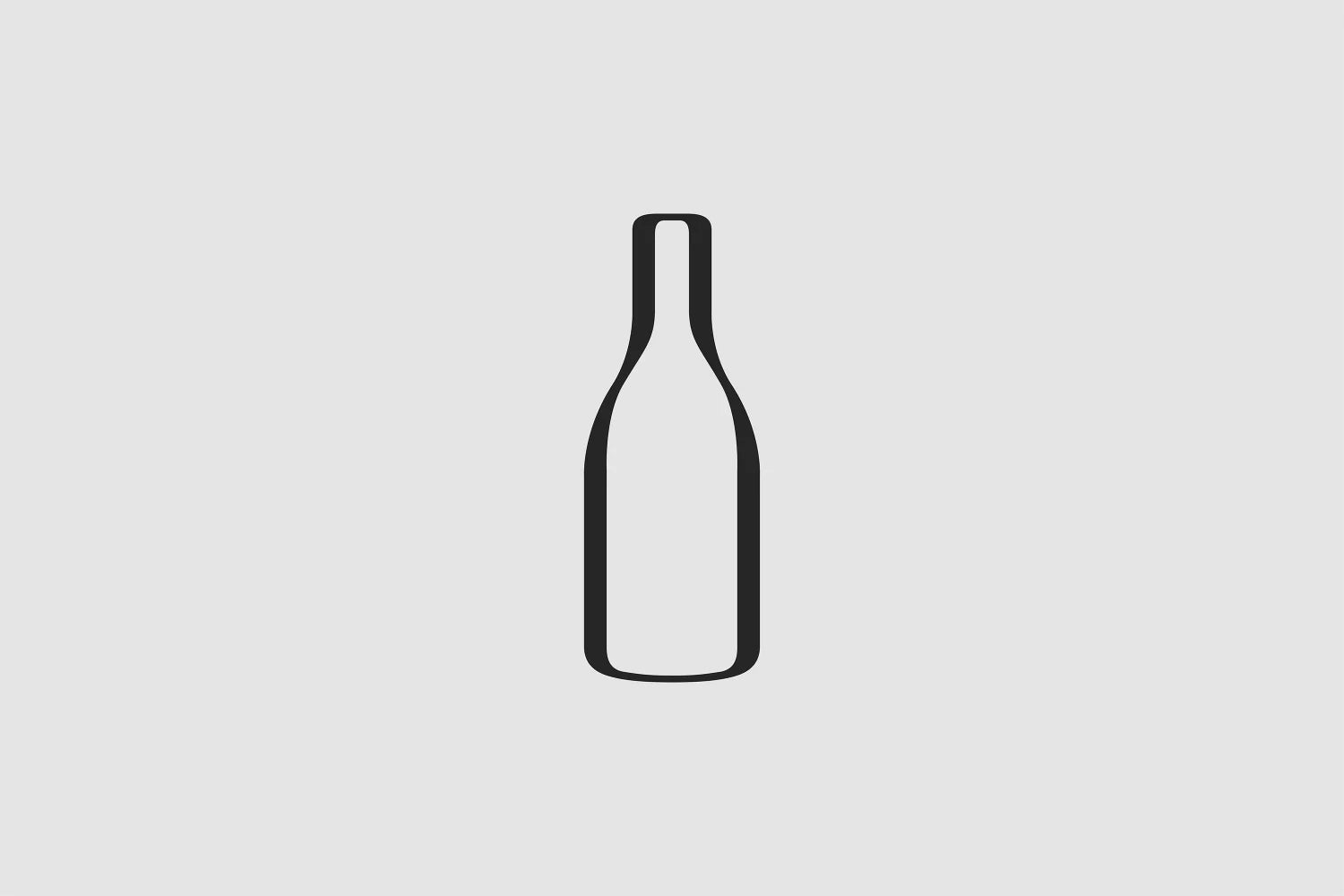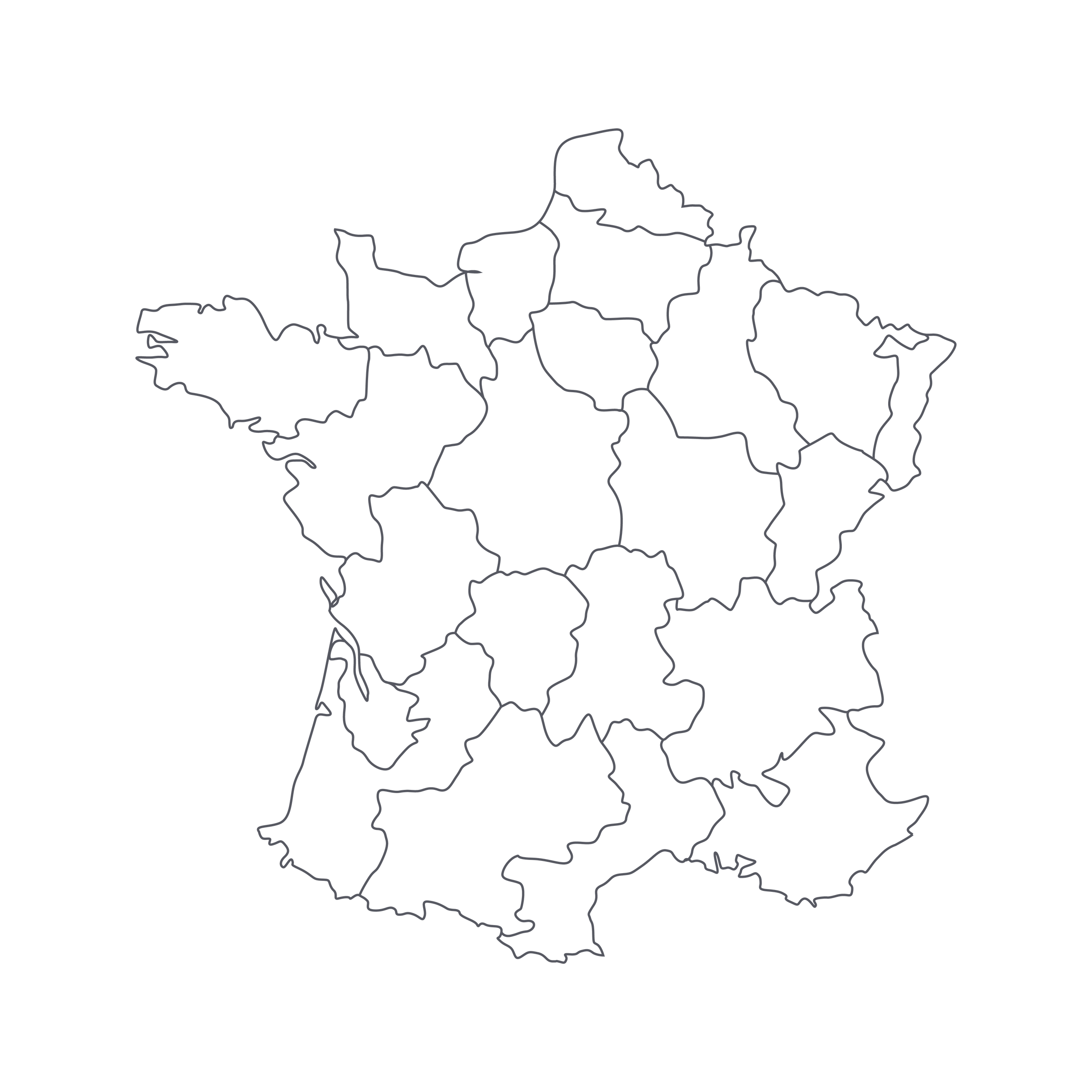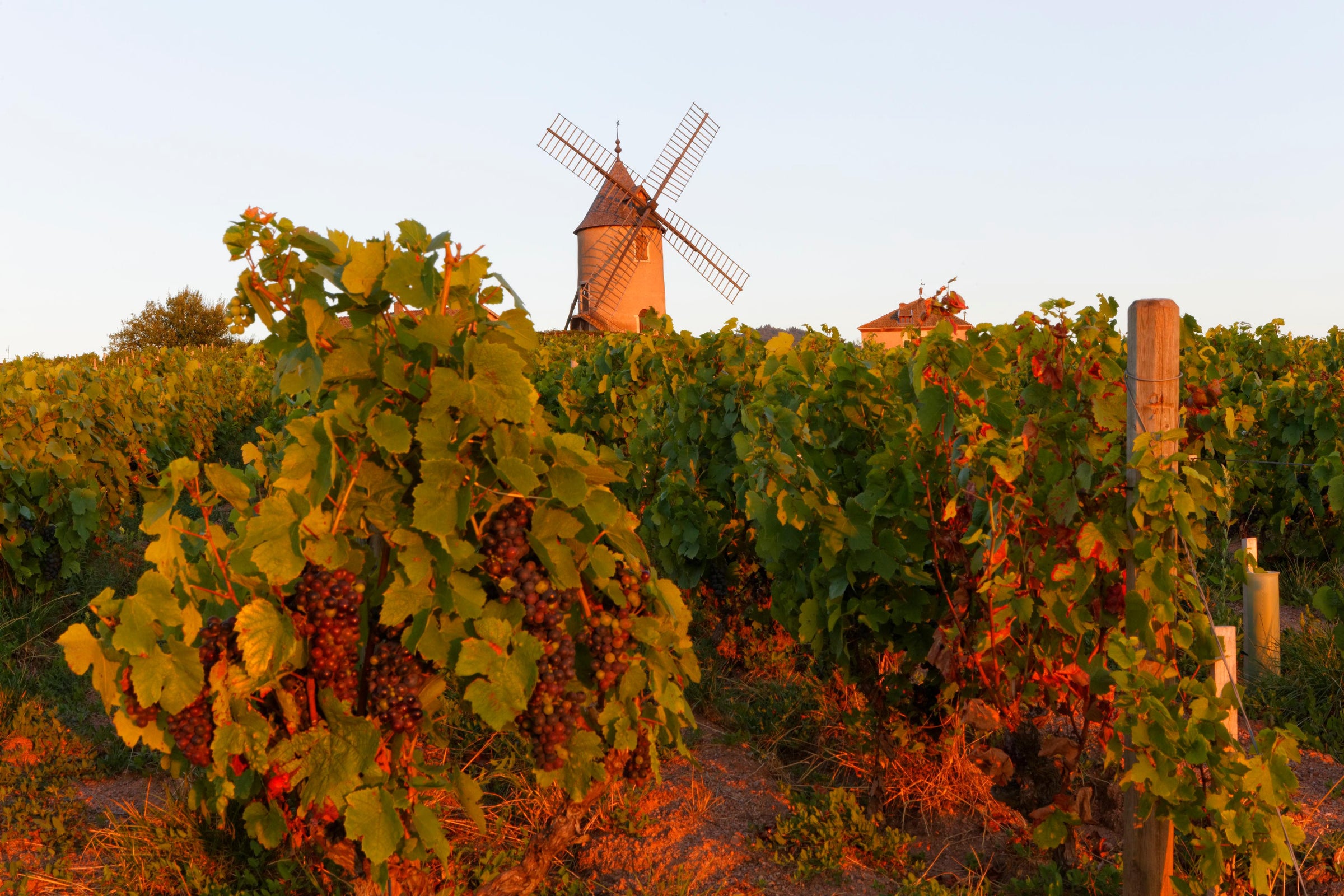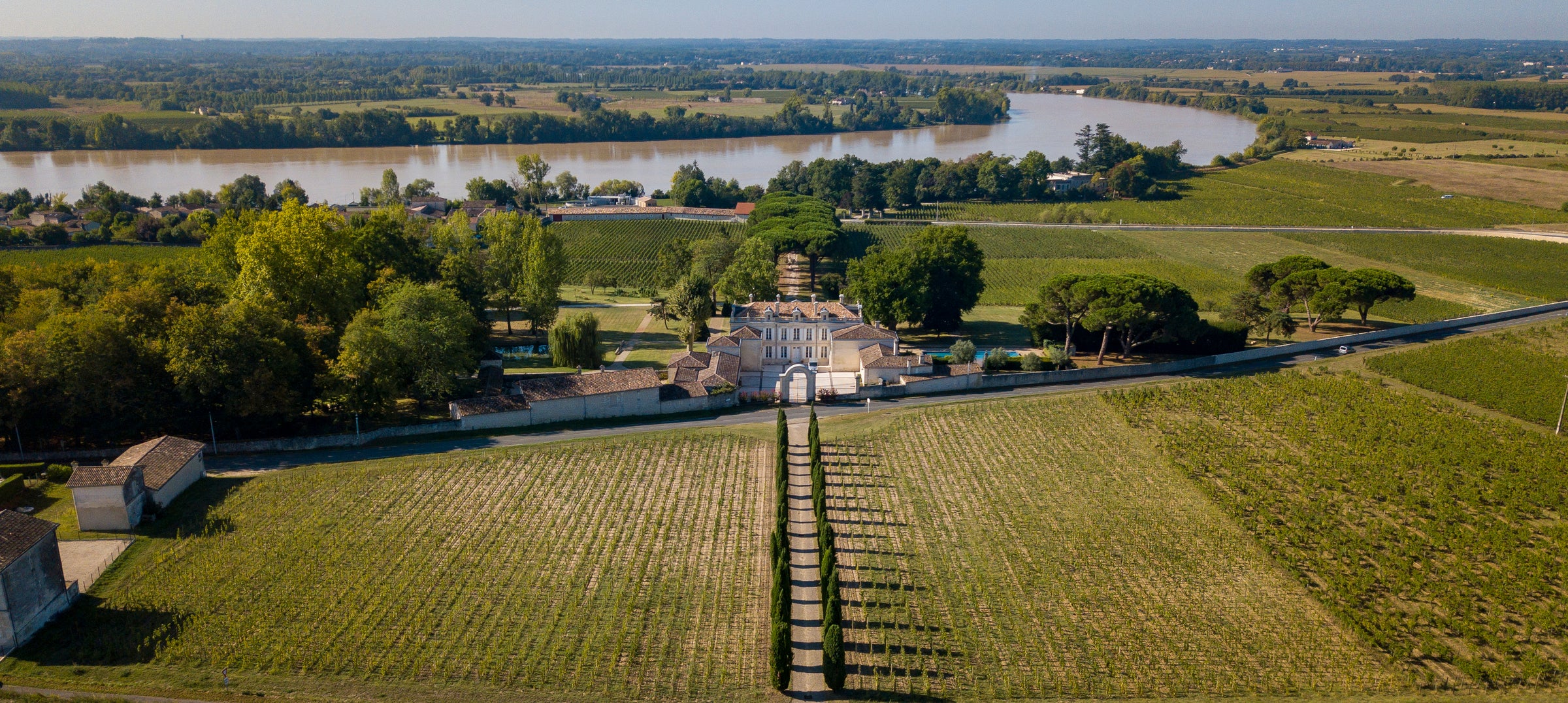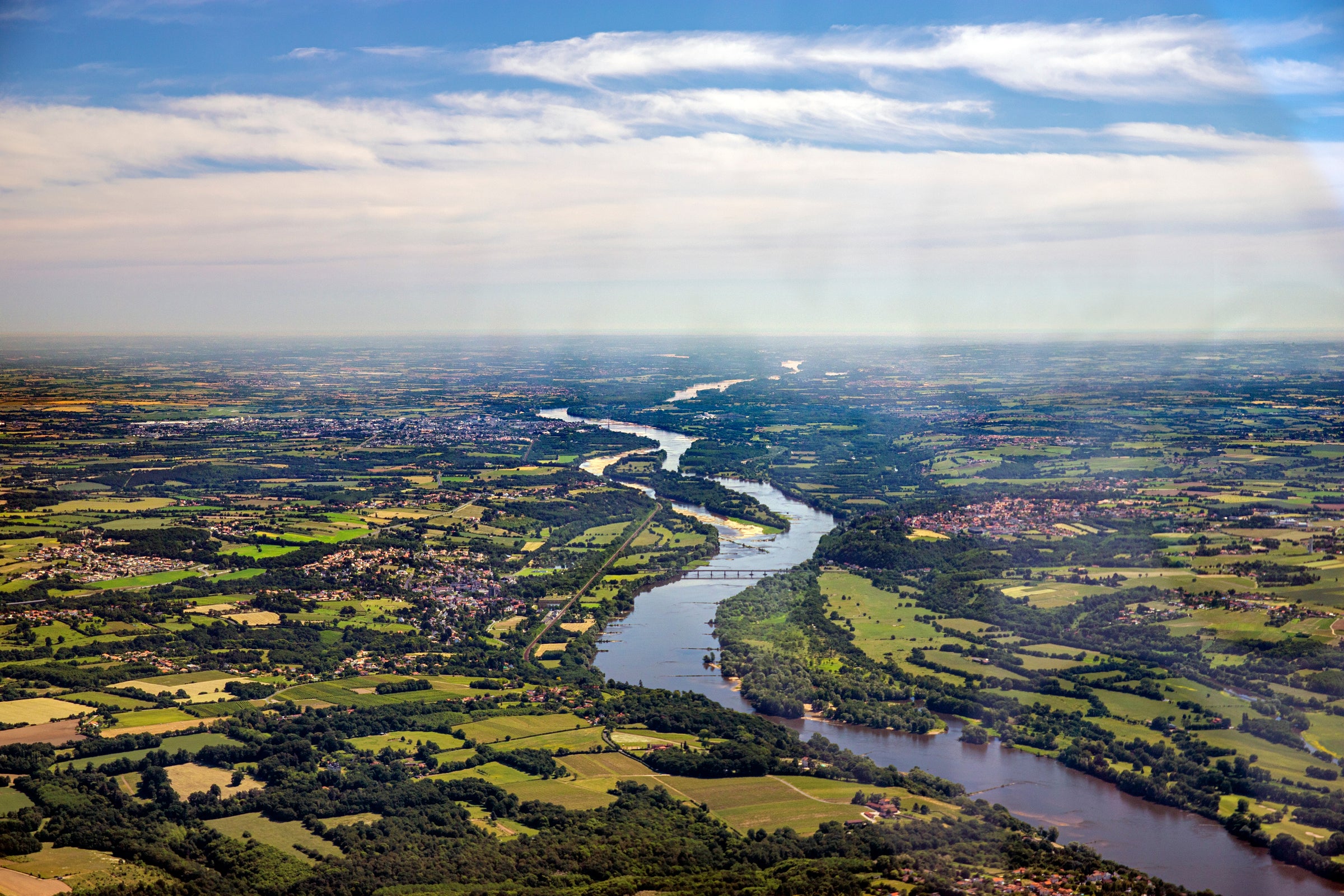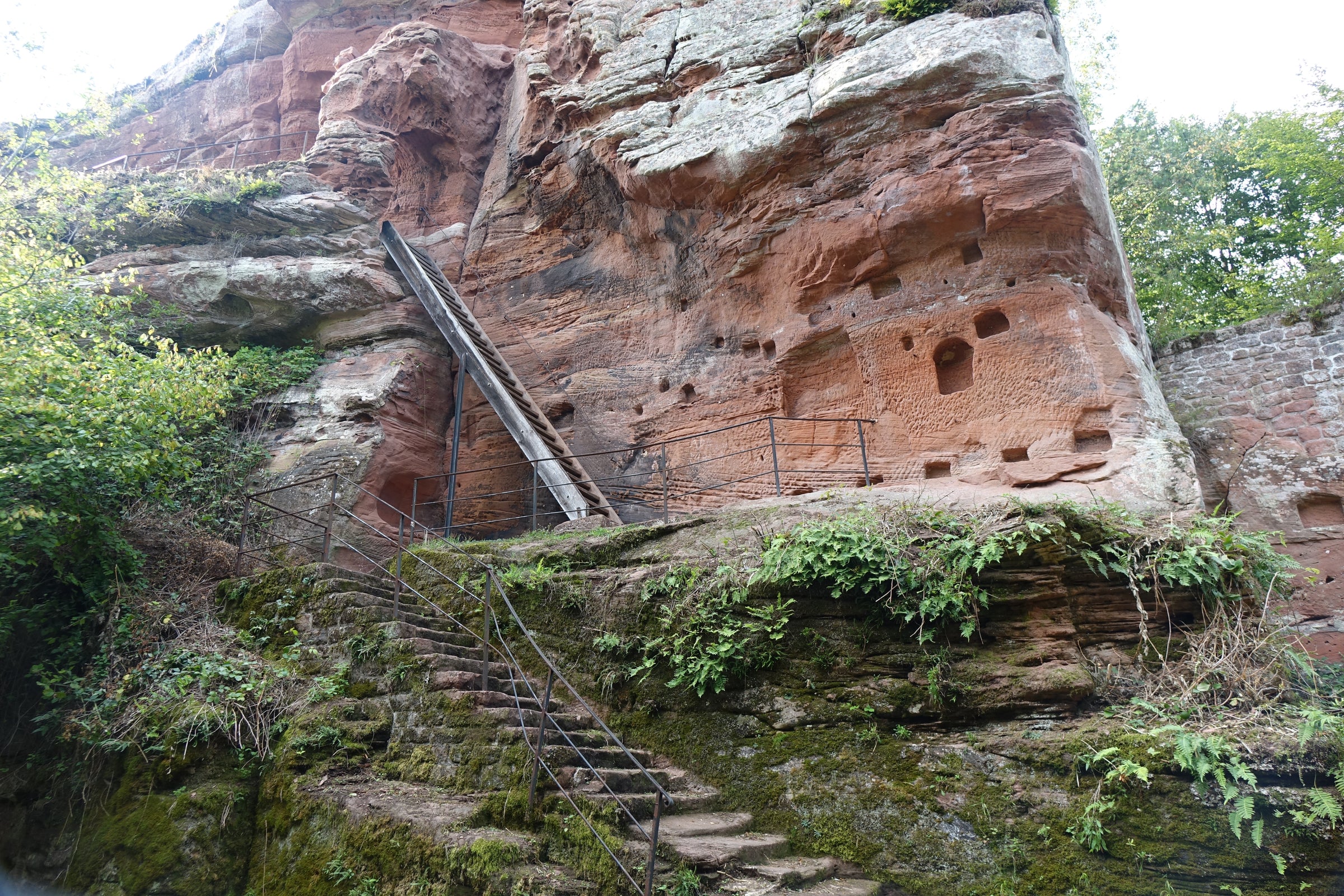How often do you get the chance to taste a Burgundy that few others are able to experience? Today is that rare occasion: Since we have been unendingly loyal to Domaine Delarche, one of our favorite artisanal producers, we’ve been rewarded with a portion of their highly allocated one-barrel production from the magnificent Grand Cru lieu-dit of “Le Corton.”
With a total production of roughly 20 cases, this is a top expression of Corton Rouge, made from a tiny, old-vine parcel and crafted by some of the most ruggedly traditional hands in the entire region. It is a benchmark example of this timeless Grand Cru with an impressive structure that will age indefinitely. We’re offering a maximum of six per customer today—enjoy one or two now and allow your remainders to rest so their spectacular evolution can be witnessed over the coming decades. It doesn’t take a mathematician to realize our dilemma: We were granted roughly half of their total production and, at six bottles per person, it won’t last long.
“Le Corton” shares the famous hill with “Corton-Charlemagne” and the latter was once planted entirely to Pinot Noir. As legend goes, it was re-planted to Chardonnay after the wife of bacchanalian Emperor Charlemagne was fed up with his Pinot-stained beard. In an attempt to clean up his beard, if not his act, Mademoiselle Charlemagne had the entire vineyard re-planted to Chardonnay. The noble Pinot Noir grape, thankfully, made a resurgence and remains the predominant grape planted (~95%) throughout this majestic hillside. In the Grand Cru lieu-dit of “Le Corton,” however, red has always reigned King: This lauded, southeast-facing, and predominantly limestone vineyard delivers structured red Burgundy that rivals Côte de Nuits’ Grand Crus in power and intensity.
Domaine Marius Delarche’s winery is in the foothills above Pernand-Vergelesses, where the family has been crafting wines from Corton since the 1940s. Philippe Delarche and his son, Etienne, jointly tended the vineyards and crafted the wine as a team until Philippe lost a long battle with cancer in 2007. Since then, Etienne has carried on, implementing the wisdom of his father and his own experiences around the world to produce beautiful wine one vintage after the next. Delarche’s tiny “Le Corton” parcel lies at the summit of the hill—around 1100 feet in elevation—right at the fringe of the forest line. The hand-harvested fruit is entirely de-stemmed prior to a lengthy maceration and the ‘cap’ is punched down manually during a natural yeasts fermentation in stainless steel tanks. The wine is gently pressed into a combination of used and new (30%) French oak barrels where it ages for 12 months. Afterwards, it is bottled without fining or filtration to capture every nuance this storied terroir has to offer.
This micro-production 2016 “Le Corton” exhibits a nearly opaque dark ruby/crimson core with slight pink reflections on the rim. After a long decant, the wine begins revealing perfumed aromatics that seem to only grace blue-chip Burgundy. Delarche is one of the greatest examples of Corton: In its youth, the wine is brawny and powerful, bursting with tightly-coiled pure fruit and intense minerality. Evocative purple and red flowers are slowly revealed as time unfolds and generous fruits come to the fore: Black cherry liqueur, blueberry compote, black raspberry, and Damson plums are intertwined with aniseed, forest floor, raw leather, black tea, mushrooms, baking spices, and crushed rocks. The palate is muscular, medium-plus bodied, and unafraid to show off its intricacies. It’s a serious wine, with structured tannins and brisk energy that contribute to its firm and age-worthy structure. If consuming now, decant as long as possible and serve around 60-65 degrees in your largest Burgundy stems. Fire up the grill and throw on handmade Toulouse sausages with the inclusion of duck meat. If you’re making from scratch, follow this
how-to guide before diving into the attached recipe. Enjoy!
